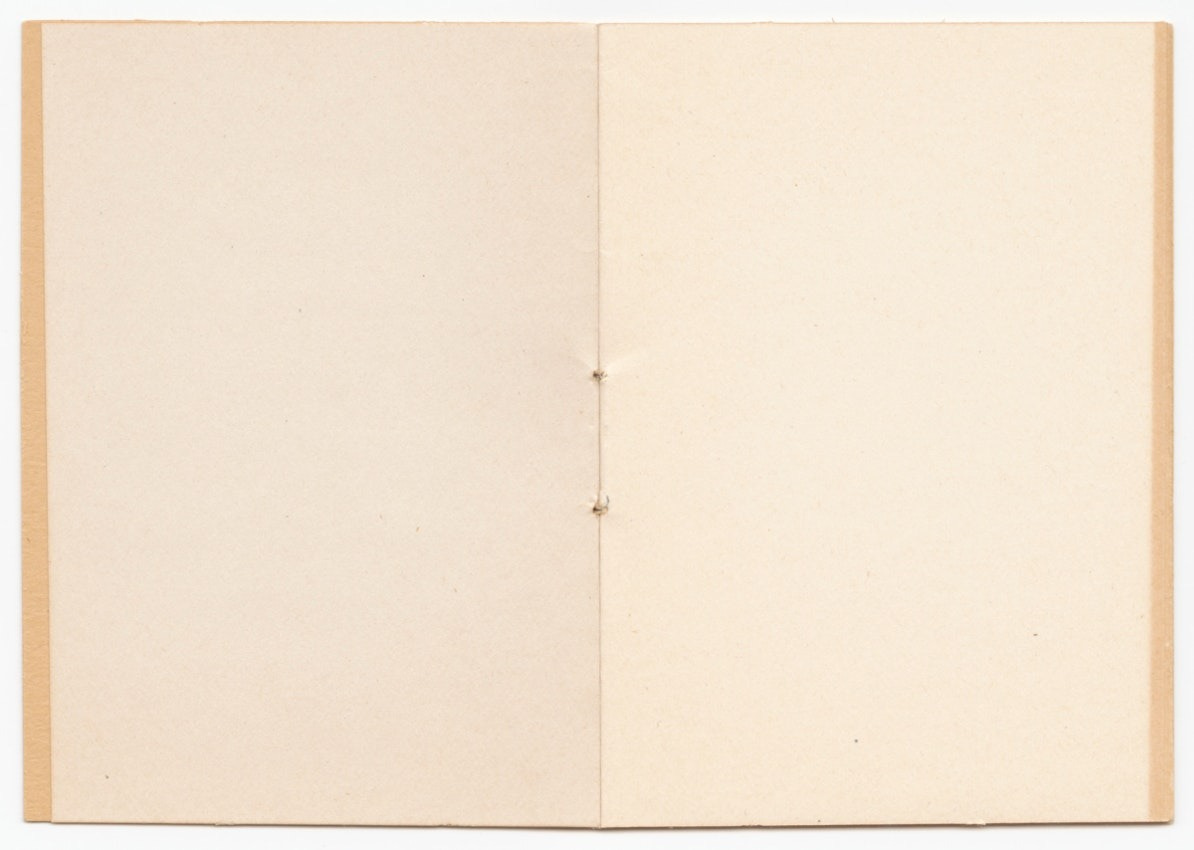
This week at Public Seminar, we’re thinking about art that defiantly insists on what Lyndsey Stonebridge calls “human particularity” amidst the flattenings of war, occupation, and politically convenient narratives.
Historians Mae Ngai and Claire Potter discuss the New York City activist photographer Corky Lee, who chronicled Asian American social movements as part of a 50-year quest to “smash stereotypes, one photograph at a time.”
And Lyndsey Stonebridge considers representations of exile in Homer’s Iliad—and contemporary interpretations in the poetry of Etel Adnan, Alice Oswald, and Mahmoud Darwish: “The preciousness of each human action is made more acute through its contrast with indiscriminate violence.”
Very Far From the Homeland
Lyndsey Stonebridge
The poetry collection I turned to when Wilson’s English Iliad became unreadable was Time by the Lebanese American painter and writer Etel Adnan, superbly translated from the French by Sarah Riggs and published in 2019. Few artists gave shape to the long century of the Arab experience of exile with such total creative persistence and intensity as Adnan, who was born in Lebanon in 1925 and lived most of her life in California and Paris until her death in the city in 2021. She began the sequence of poems collected in Time in 2003, the year of Said’s too-soon death at age 67. Conceived as a series of postcards sent to her friend Khaled Najar, the Tunisian poet and publisher, the poems trace the constellations of absence and presence, death and loss, in the context of the Second, or Al-Aqsa, Intifada, and the US war in Iraq and its sequelae across the Middle East.
Adnan was already in her late 70s as she wrote poems collected in Time. This was not her first apocalypse (The Arab Apocalypse, published in 1980, was the title of the concluding volume of her trilogy chronicling the years between 1967 and the outbreak of the Lebanese civil war in 1975). One poem, “No Sky,” opens by recalling the mind-wrenching multiple negatives of Said’s exilic contrapuntal imagination:
There are no frogs
in this vast sky
no messages
there is no sky
in this brain
no words
no brain
in this body
no connection
the drought
is in the mind
and on the ground.No, no, no—the negatives belong both to the mind of the exile and to the landscape unhomed through war and occupation.
New here? Public Seminar’s global commons of ideas, art, scholarship, and debate is always free to read.
Picturing Asian America
Mae Ngai and Claire Potter
Random, violent attacks on Asian Americans have surged in the United States. One of the first things the new Biden-Harris administration did in 2021 was to strengthen federal hate crimes laws, with special attention to Asian American victims of violence.
But you can’t tell this political story without also talking about over a century of Asian American activism. Immigrants and their descendants made themselves visible by building vibrant, physical communities that welcomed generation after generation of newcomers from multiple nations. From these communities, they fought back against racism and discrimination in the courts, formed unions, volunteered for military service, raised families, claimed the right to education, made art, mounted demonstrations, and formed businesses.
One activist who documented this Asian American history in pictures until his death from COVID in 2021 was New York City photographer Corky Lee. A college history major and graduate of the city’s public education system, Lee began life as a conscientious objector and housing organizer. For almost 50 years, Lee documented New York City’s Chinatown.



